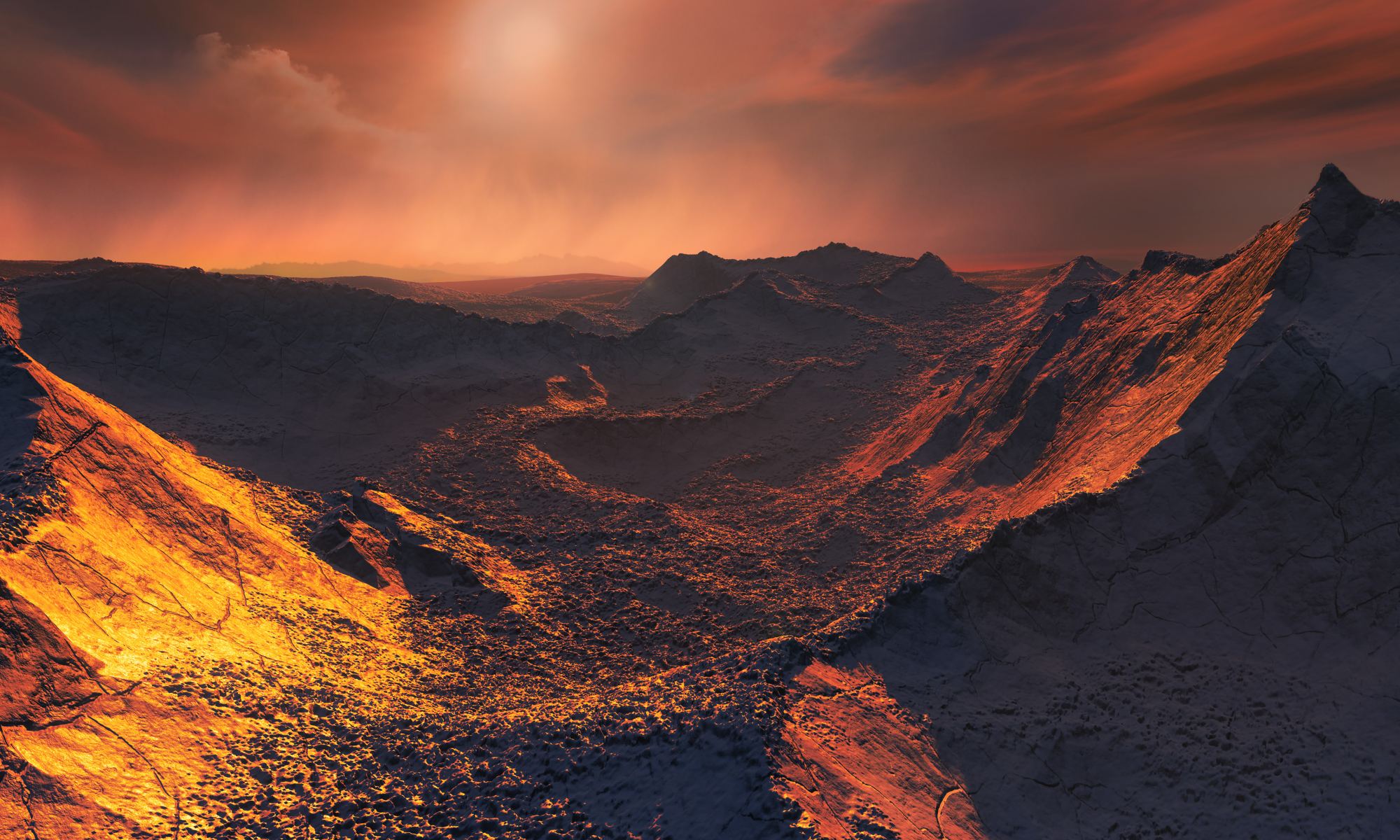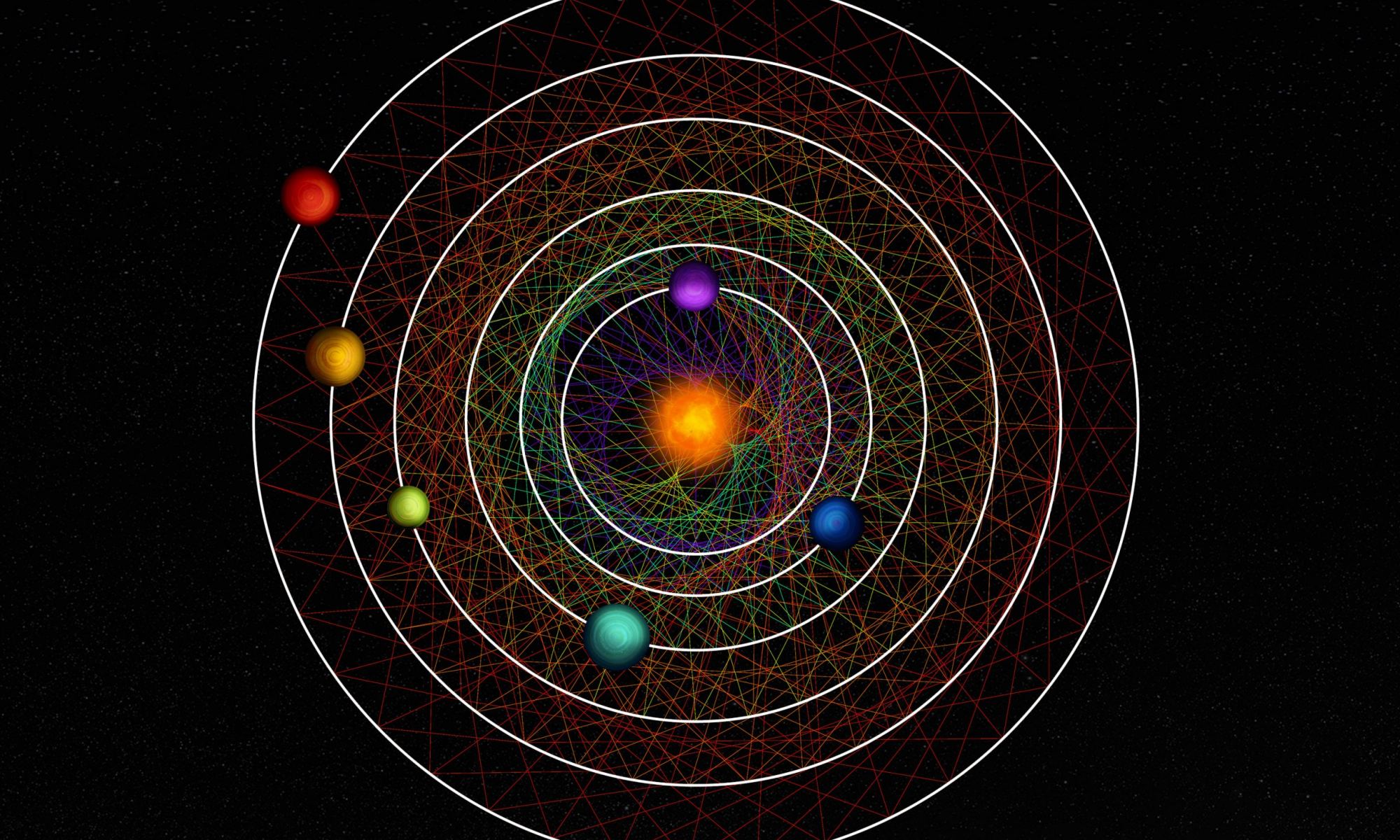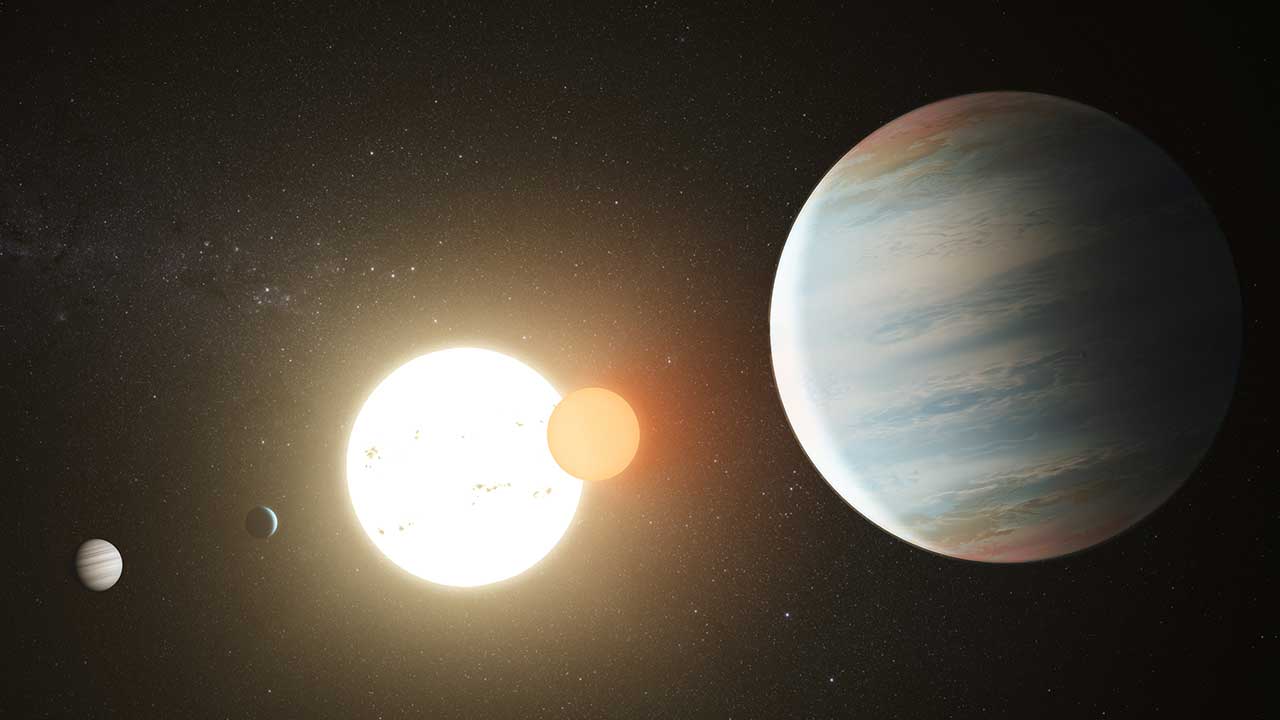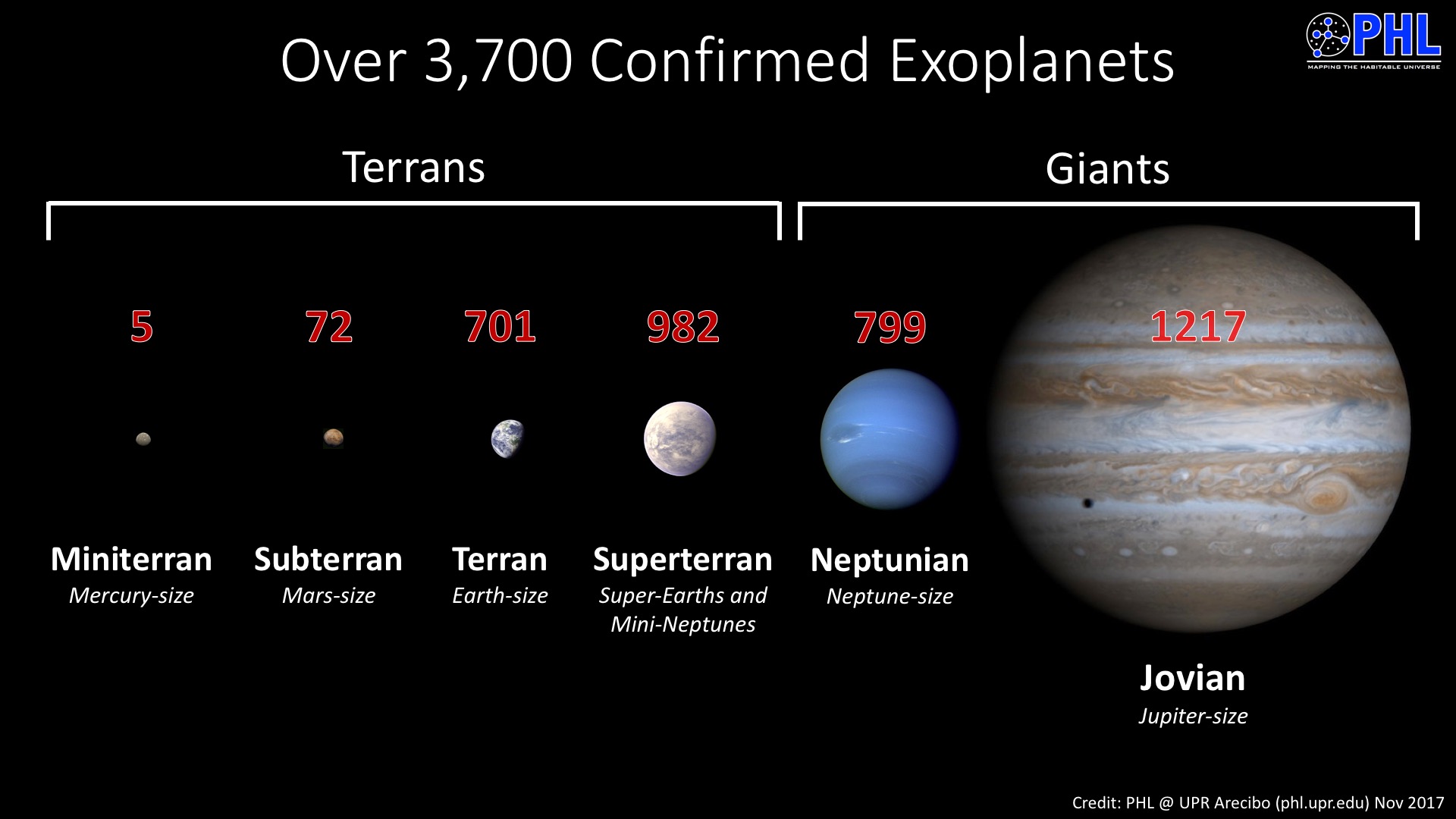Astronomers have found a new Super-Earth orbiting an M-dwarf (red dwarf) star about 137 light-years away. The planet is named TOI-715b, and it’s about 1.55 Earth’s radius and is inside the star’s habitable zone. There’s also another planetary candidate in the system. It’s Earth-sized, and if it’s confirmed, it will be the smallest habitable zone planet TESS has discovered so far.
Continue reading “A Super-Earth (and Possible Earth-Sized) Exoplanet Found in the Habitable Zone”A Planetary System With Six Sub-Neptunes Locked in Perfect Resonance
A team of researchers led by University of Chicago astronomer Rafael Luque analyzed data acquired by both NASA’s Transiting Exoplanet Survey Satellite (TESS) and ESA’s CHaracterising ExOPlanet Satellite (Cheops) and found a unique planetary system. Orbiting a star cataloged as HD110067, this system contains six sub-Neptune planets. Incredibly, all six planets are orbiting in direct resonance with each other. The results of the work were published on November 29 in Nature.
Continue reading “A Planetary System With Six Sub-Neptunes Locked in Perfect Resonance”JWST Looks at the Atmosphere of a Stormy, Steamy Mini-Neptune
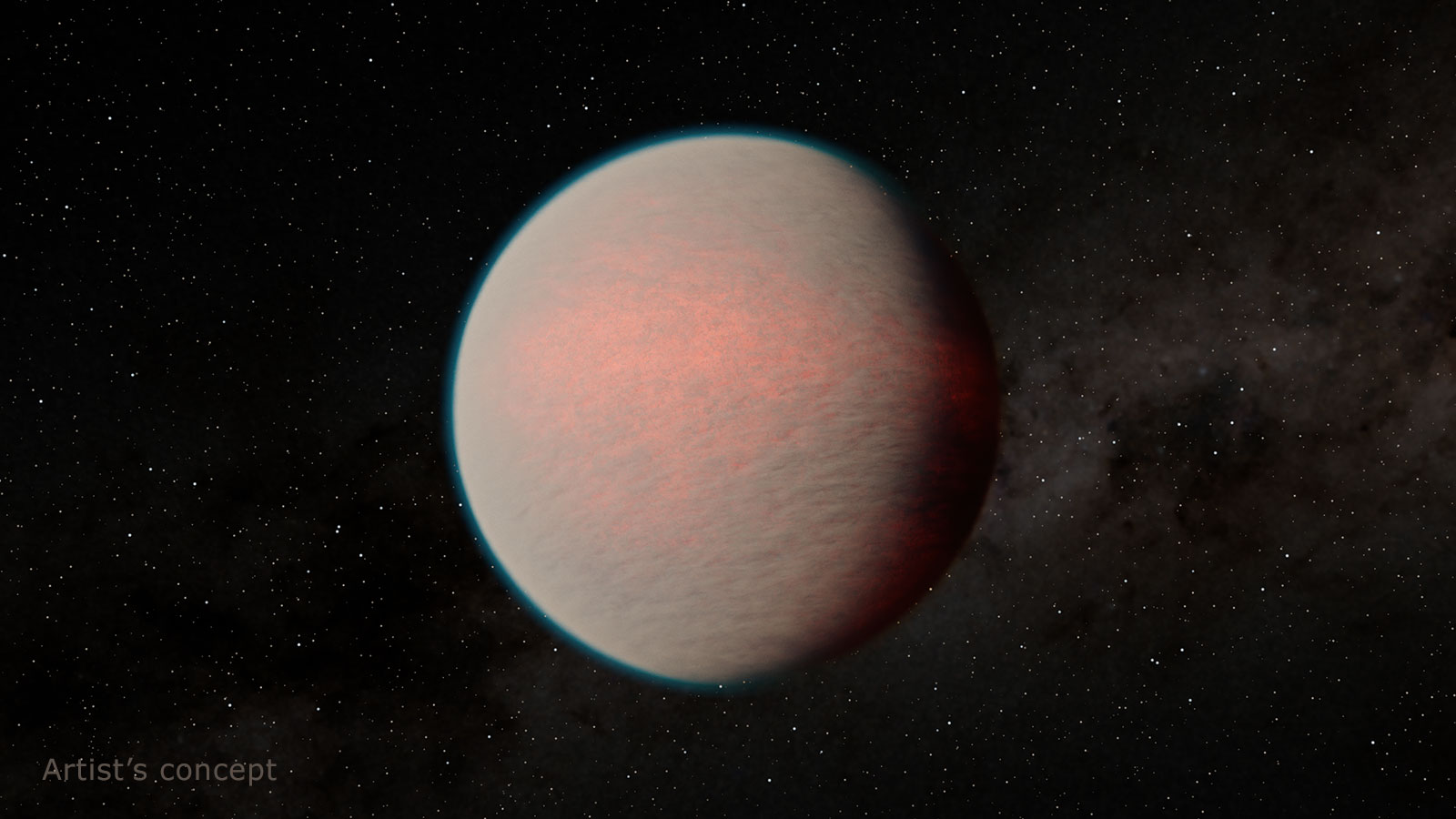
Just because there’s no Mini-Neptune in our Solar System doesn’t mean they’re not common. They appear to be widespread throughout the Milky Way, and according to NASA, are the most common exoplanet type. GJ 1214 b is one of them.
Continue reading “JWST Looks at the Atmosphere of a Stormy, Steamy Mini-Neptune”Astronomers still scratching their heads over population of ocean-world exoplanets
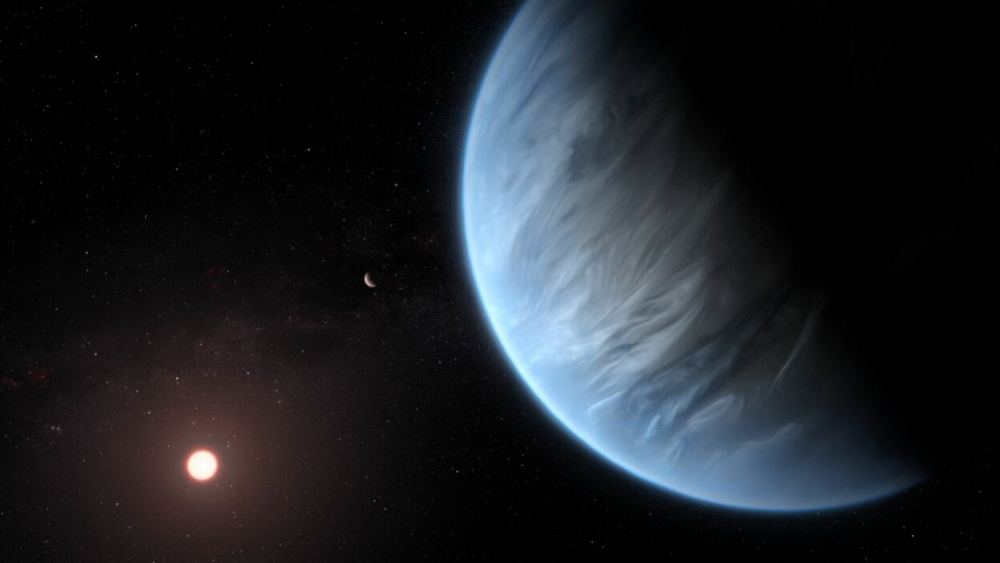
In a recent study submitted to The Astrophysical Journal Letters, an international team of researchers led by the University of California, Los Angeles (UCLA) examine the potential for water-worlds around M-dwarf stars. Water-worlds, also known as ocean worlds, are planets that possess bodies of liquid water either directly on its surface, such as Earth, or somewhere beneath it, such as Jupiter’s moon, Europa and Saturn’s moon, Enceladus.
Continue reading “Astronomers still scratching their heads over population of ocean-world exoplanets”Could Life Exist in the Atmosphere of a sub-Neptune Planet?
Earth is perfectly suited for organic life. It stands to reason then that similar worlds orbiting distant stars might also be rich with life. But proving it will be a challenge. One of the better ways to discover extraterrestrial life will be to study the atmospheres of inhabited exoplanets, but Earth is fairly small for a planet and has a thin atmosphere compared to larger worlds. It will be much easier to study the atmospheres of gas planets, but could such worlds harbor life? A new paper in Universe argues it could.
Continue reading “Could Life Exist in the Atmosphere of a sub-Neptune Planet?”Astronomers Have Found the Perfect Exoplanet to Study Another World’s Atmosphere
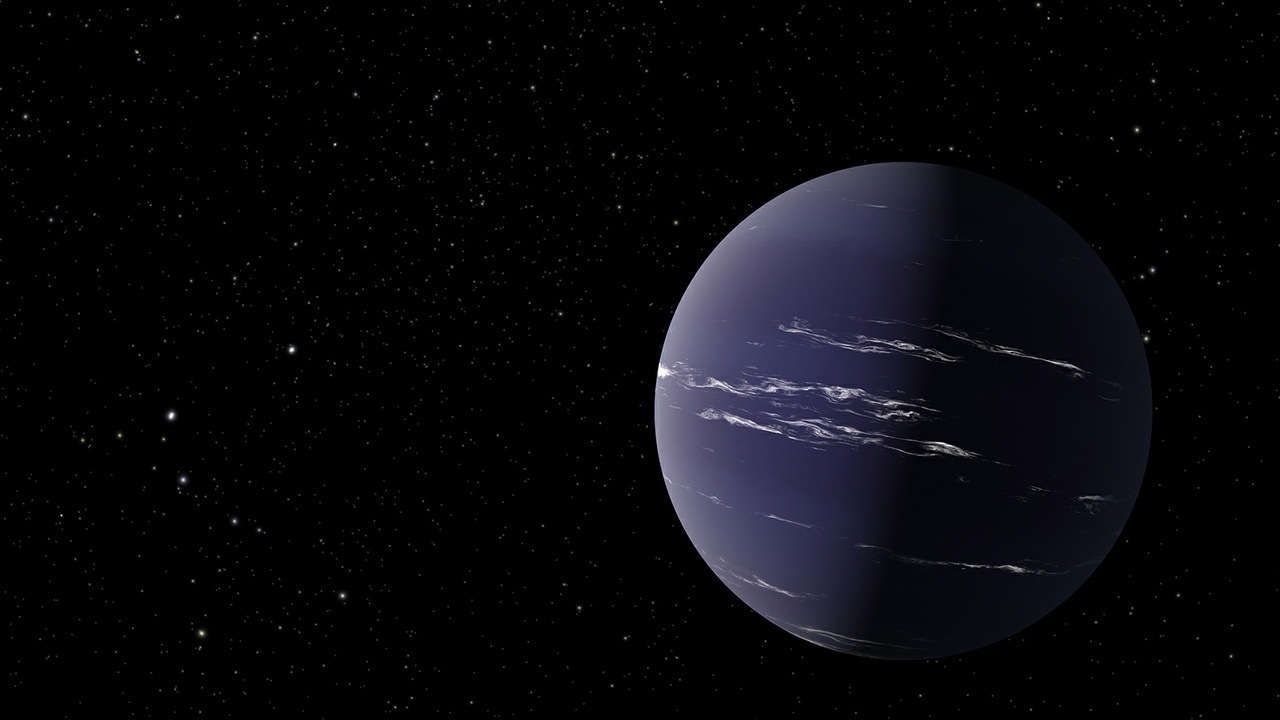
TESS (Transiting Exoplanet Survey Satellite) has found a new planet, and the discovery of this sub-Neptune exoplanet has scientists excited about atmospheres. The combination of the planet’s size, its thick atmosphere, and its orbit around a small M-class star close to Earth provides researchers with an opportunity to learn more about exoplanet atmospheres. We’re getting better and better at finding exoplanets, and studying their atmospheres is the next step in understanding them as a whole.
Continue reading “Astronomers Have Found the Perfect Exoplanet to Study Another World’s Atmosphere”Heard of Mini-Neptunes and gas-Dwarfs? Here's a new one: sub-Earths
The planets in our solar system are broadly divided into two groups: small, rocky worlds like Earth, and large gas giants. Before the discovery of exoplanets, it was thought that our solar system was very typical. The light and heat of a star push the gas to the outer solar system, while heavier dust remains closer to the star. Thus a solar system has close rocky planets and distant gas giants. But we now know that planets and star systems have much more diversity.
Continue reading “Heard of Mini-Neptunes and gas-Dwarfs? Here's a new one: sub-Earths”A Strange Planet has been Found that’s Smaller than Neptune But 50% More Massive
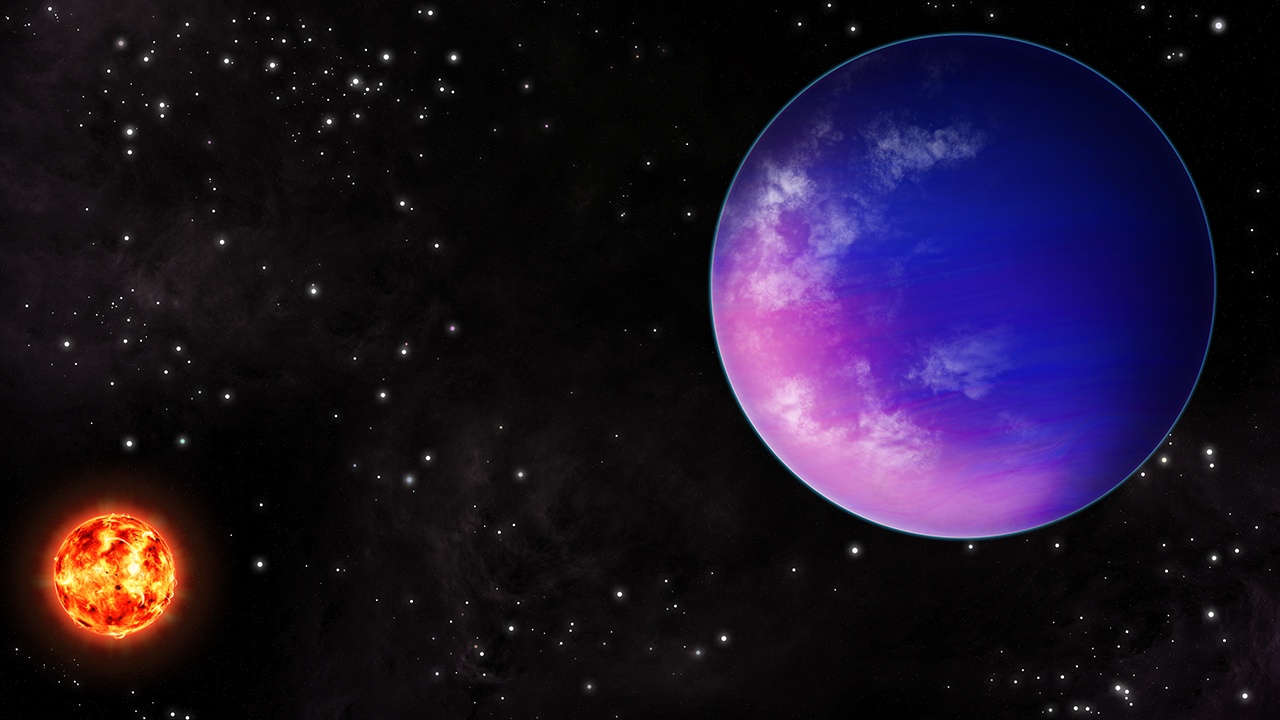
Astronomers have found another strange exoplanet in a distant solar system. This one’s an oddball because its size is intermediate between Earth and Neptune, yet it’s 50% more massive than Neptune.
Astronomers have found what they call “puff planets” in other Solar Systems. Those are planets that are a few times more massive than Earth, but with radii much larger than Neptune’s. But this planet is the opposite of that: it’s much more massive than Neptune, but it also has a much smaller radius. Super-dense, not super-puffy.
This oddball planet is calling into question our understanding of how planets form.
Continue reading “A Strange Planet has been Found that’s Smaller than Neptune But 50% More Massive”TESS Finds its Third Planet, a sub-Neptune with a 36-Day Orbit

After only three months of operation, NASA’s TESS (Transiting Exoplanet Survey Satellite) spacecraft is delivering on its mission to find more exoplanets. A new paper presents the latest finding: a sub-Neptune planet with a 36-day orbit around its star. This is the third confirmed exoplanet that TESS has found.
The planet orbits a K-dwarf star about 52 light years away, in the constellation Reticulum. In astronomical terms, this makes the planet pretty close to us, and a great candidate for follow-up observations. Even better, it may have a sibling planet about the same size as Earth.
Continue reading “TESS Finds its Third Planet, a sub-Neptune with a 36-Day Orbit”
